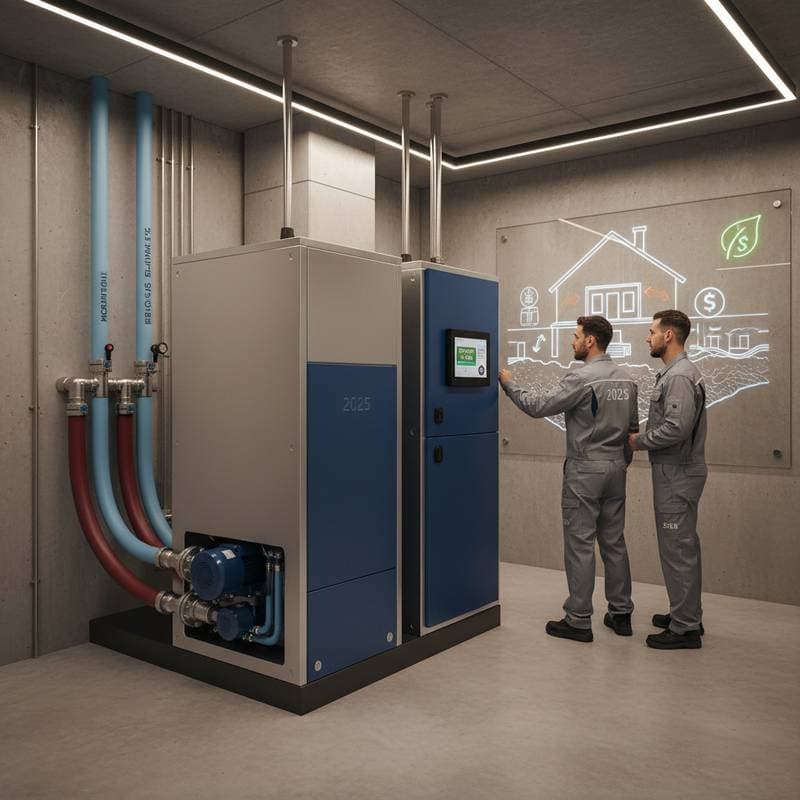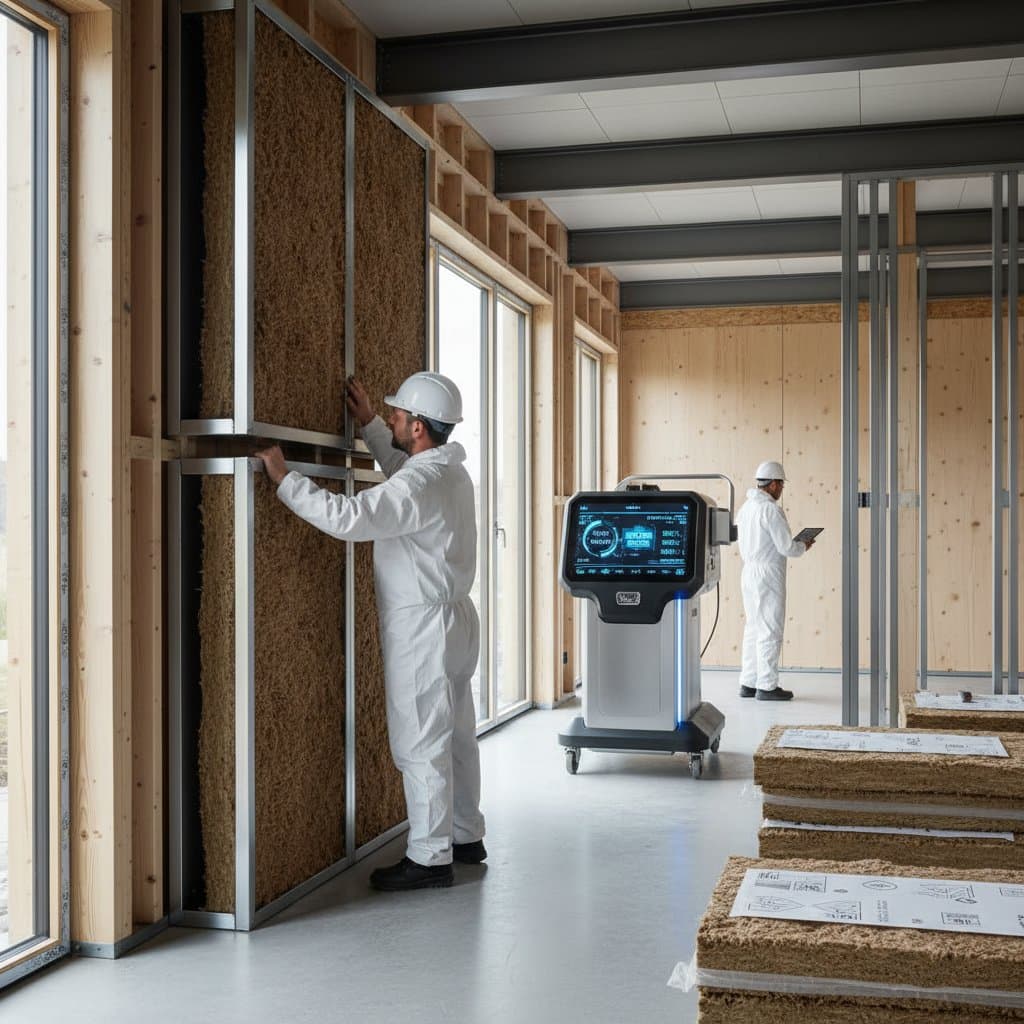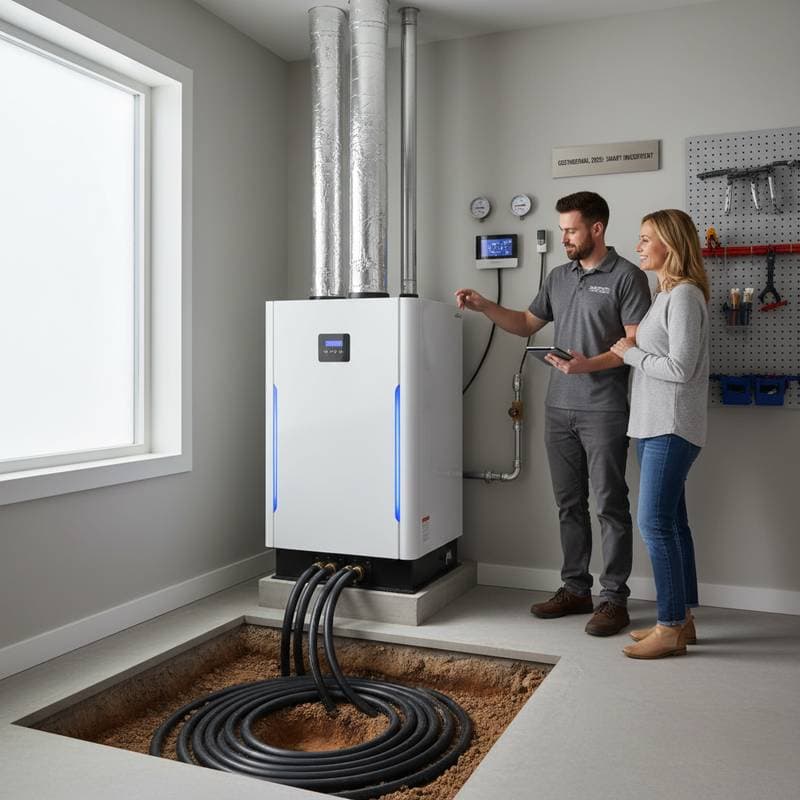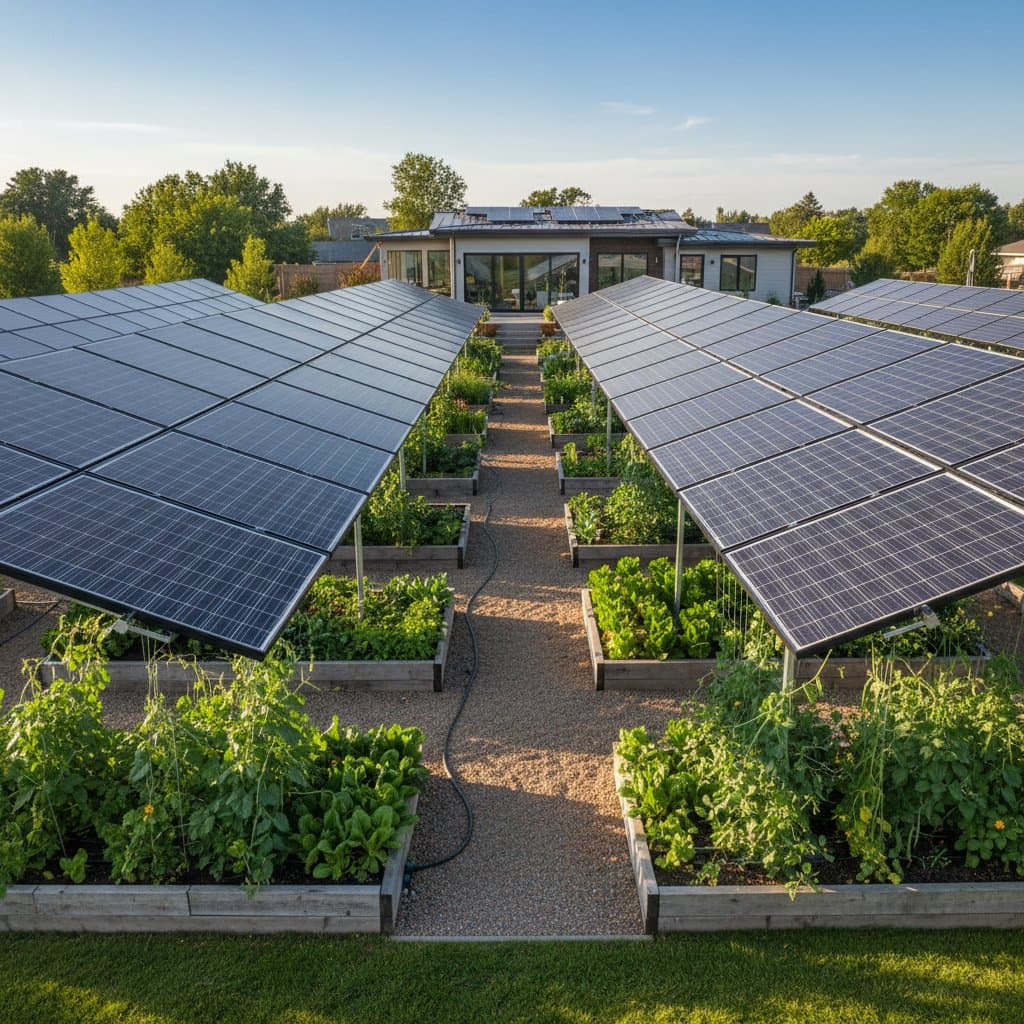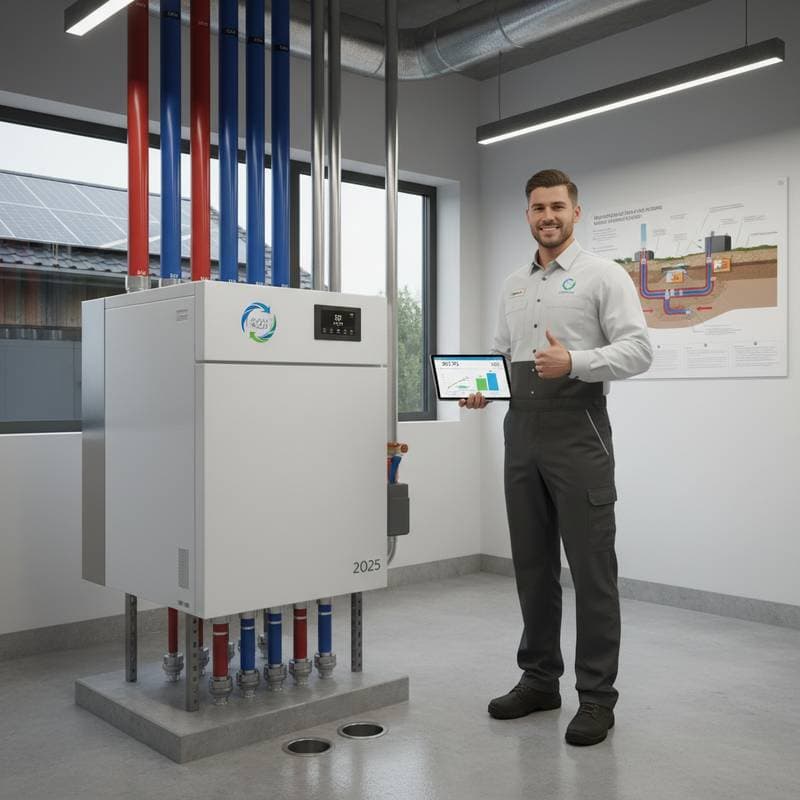Geothermal Heat Pumps: The Hottest Way to Save in 2025
Homeowners seeking upgrades to heating and cooling systems often consider new furnaces, advanced thermostats, or rooftop solar panels. Yet the most effective solution lies underground. Geothermal heat pumps provide exceptional efficiency and enduring savings that surpass most alternatives.
Key Points
- Geothermal heat pumps reduce heating and cooling costs by up to 65 percent compared to conventional systems.
- Payback periods typically span 5 to 10 years, influenced by local climate, soil type, and utility rates.
- Federal and state incentives offset 20 to 40 percent of installation expenses, accelerating return on investment.
- Ground-source components endure far longer than air-source equivalents, with underground loops lasting over 50 years.
- These systems demand minimal upkeep, positioning them as a dependable choice for long-term homeownership.
How Geothermal Heat Pumps Work
Geothermal heat pumps leverage the earth's stable subsurface temperatures to regulate indoor climate. In contrast to air-source units that depend on variable outdoor air, these systems draw from consistent underground thermal reserves.
The system features a ground loop, consisting of pipes installed horizontally or vertically below ground level. A fluid circulates through these pipes, extracting heat during winter for indoor use and dissipating excess heat in summer. Within the home, the heat pump processes this energy and distributes it via existing ducts or radiant flooring.
This method operates on established thermodynamic principles. Its primary benefit stems from the ground's year-round temperature consistency, which enables superior performance relative to systems affected by atmospheric changes.
Comparing Efficiency and Cost
Geothermal heat pumps demonstrate superior cost-effectiveness among residential climate control options.
| System Type | Average Efficiency (COP or EER) | Estimated Energy Savings | Typical Lifespan |
|---|---|---|---|
| Geothermal Heat Pump | COP 3.5 to 5.0 | 45% to 65% | 25 years (pump), 50+ years (loop) |
| Air-Source Heat Pump | COP 2.0 to 3.0 | 20% to 40% | 15 years |
| High-Efficiency Gas Furnace | 95% AFUE | Variable | 15-20 years |
The Coefficient of Performance (COP) quantifies heat output per unit of electricity input. A COP of 4 means the system generates four units of heat for each unit of power consumed, yielding substantial bill reductions.
Initial installation costs range from 15,000 to 35,000 dollars, varying by home size, ground conditions, and loop design. Over time, however, these systems prove economical. U.S. Department of Energy analyses indicate annual returns of 10 to 12 percent via energy cost reductions.
Environmental and Comfort Advantages
Geothermal heat pumps minimize ecological harm by transferring heat rather than producing it through burning fuels. They emit up to 70 percent less in greenhouse gases than traditional fossil fuel systems.
These units integrate seamlessly with solar installations, enabling comprehensive renewable energy strategies for electricity and heating. Such pairings foster near-zero carbon indoor environments.
Users benefit from steady indoor temperatures without the temperature swings associated with forced-air systems. Operation remains quiet, as key elements reside indoors or underground.
Installation Considerations
Evaluate site conditions thoroughly before proceeding with geothermal installation.
- Soil and Rock Composition: Ground thermal conductivity influences efficiency. Clay or sand with moisture transfers heat effectively, outperforming dry or rocky terrain.
- Land Availability: Horizontal loops need ample space; vertical options suit compact properties but involve deeper drilling and higher costs.
- Existing Infrastructure: Properties with ducts or radiant setups adapt more readily to integration.
- Local Regulations and Incentives: Permits and rebates vary by region, affecting timelines and expenses.
Engage certified specialists experienced in geothermal systems. Proper sizing and placement ensure optimal function and durability.
Financing and Incentive Landscape
Supportive financial options make geothermal adoption more accessible despite upfront investments. Governments and utilities promote these systems through targeted programs.
Common offerings encompass:
- Federal tax credits that reimburse a portion of costs.
- Utility rebates for efficient installations.
- Low-interest loans via energy-focused financing initiatives.
- Incentives linked to documented performance gains.
These can lower initial outlays by up to 40 percent, aligning costs with standard HVAC replacements. Energy audits compare current bills to projected outcomes, often revealing savings that offset financing from installation onward.
Maintenance and Longevity
Geothermal systems excel in dependability. The sealed ground loop withstands environmental exposure with negligible intervention.
Routine care involves annual filter inspections and basic indoor unit servicing. International Ground Source Heat Pump Association data confirms loops last beyond 50 years, while pumps endure 20 to 25 years, exceeding typical HVAC lifespans and reducing overall expenses.
Real-World Performance
Adopters frequently achieve 40 to 65 percent energy reductions, modulated by regional weather and prior setups. In cold climates, the technology shines by sourcing heat independently of air temperatures.
Residential projects illustrate community-wide benefits, halving energy use versus gas-dependent developments. These examples affirm geothermal as a viable, broad-scale sustainable approach.
The Future of Heating and Cooling
Rising emphasis on efficiency and emissions cuts elevates geothermal prominence. Policy advancements and grid enhancements bolster adoption.
Innovations like hybrid configurations with air-source or solar elements address site constraints. Enhanced compressors and durable loops drive down prices and boost performance.
Market forecasts anticipate expansion as expertise grows and drilling improves. Escalating energy prices further solidify the financial case.
Steps to Adopt Geothermal Heating
Begin with a professional home energy assessment to gauge feasibility, forecast savings, and pinpoint incentives.
Solicit detailed bids from accredited contractors, reviewing equipment details, project plans, and efficiency projections.
For enduring residency, geothermal enhances property appeal, comfort, and sustainability. It secures reliable climate control across seasons, blending economic and lifestyle gains.
Geothermal positions homes for efficient, low-impact energy management, establishing a benchmark for future upgrades.
